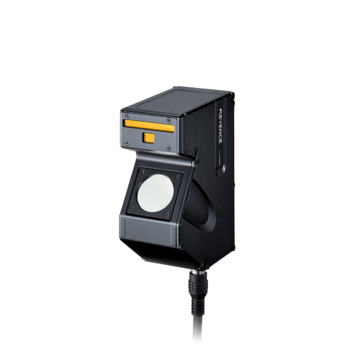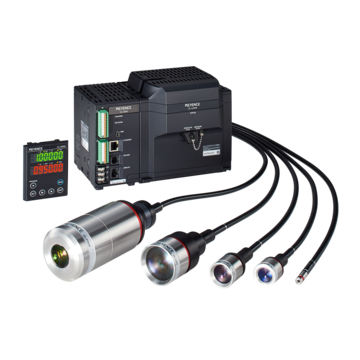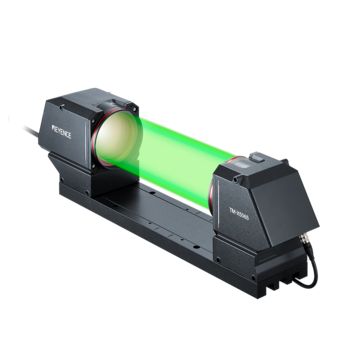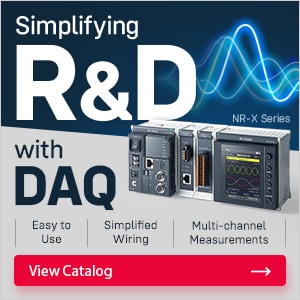Measurement Sensors
Dimension Measurement
Displacement Measurement
Common Non-Contact Measurement Devices and Methods
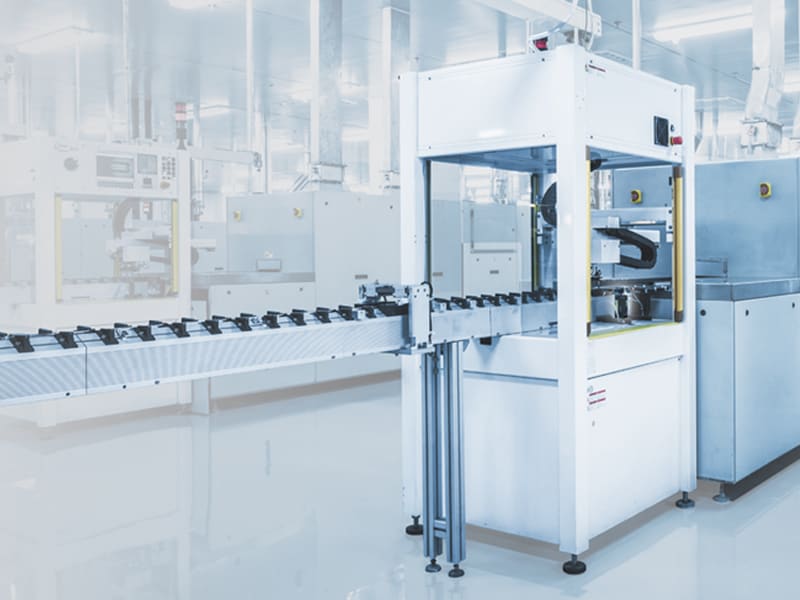
Modern measurement relies on numerous instruments to measure physical properties and phenomena, and these can be segregated into two basic categories: contact and non-contact measurement methods and devices.
In this guide, we’ll discuss non-contact measurement methods, what benefits they offer, and how they compare to traditional measurement methods.
What Is Non-Contact Measurement and Why Is It Important?
Non-contact measurement is a high-precision, non-invasive method for assessing dimensions, surface characteristics, and positioning without physically touching the object. Unlike traditional contact measurement tools, which can introduce wear, deformation, or contamination, non-contact measurement devices eliminate these risks. They provide higher accuracy, faster data acquisition, and seamless compatibility with automated systems.
For industries (including, but not limited to, automotive, electronics, and medical manufacturing) that rely on non-contact measurement for applications that require precision and speed. These systems measure thickness, detect surface defects, and verify alignment, ensuring consistent, repeatable results while reducing downtime in high-speed production environments.
We’re here to provide you with more details.
Reach out today!
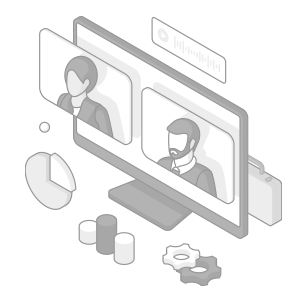
Types of Non-Contact Measurement Devices
Laser Displacement Sensors
Laser displacement sensors are devices that measure distance, thickness, and surface profiles with high precision. These devices operate using:
- Triangulation: Measures distance by analyzing the angle of reflected laser light.
- Time-of-flight: Calculates distance based on the time it takes for a laser pulse to return.
Multi-axis laser displacement sensors, such as Laser 1D systems, provide enhanced accuracy for gap measurement, runout detection, and eccentricity analysis.
Thrubeam Optical Micrometers
Thrubeam micrometers are a specific type of measurement device using a transmitter-receiver setup to measure an object’s outer diameter, gap, or edge position. These systems excel in applications where high-speed, high-accuracy dimensional measurement is required, such as in wire, tubing, or film production.
Confocal Displacement Sensors
Confocal displacement sensors offer exceptional accuracy when measuring highly reflective, transparent, or multi-layered materials by focusing light at a precise point rather than relying on reflected angles. This technology allows for stable, high-resolution measurements to be taken on surfaces like glass, films, and polished metals, regardless of environmental conditions.
Ultrasonic Sensors
Ultrasonic measurement devices rely on high-frequency sound waves to determine thickness, liquid levels, and internal defects in non-metallic materials. Their ability to penetrate soft and translucent objects makes them essential for coatings, rubber, and composite material inspections.
3D Scanners and Structured Light Systems
Structured light scanners project a pattern onto an object’s surface and analyze distortions to create high-resolution 3D models. These systems are widely used in:
- Reverse engineering and rapid prototyping
- Surface defect detection in precision machining
- Turbine blade and medical implant inspection
Laser-Based Measurement Systems for High Precision
Laser-based non-contact measurement systems such as Laser 2D are the gold standard for high-speed, high-accuracy inspection. They provide:
- Real-time dimensional analysis for automation.
- Non-contact profiling in high-speed production lines.
- Advanced solutions for thickness, warpage, and vibration measurement.
In applications requiring sub-micron precision, laser sensors outperform traditional methods by capturing data with high-frequency sampling and optimized optics, identifying defects early on. These laser measurement systems leverage multi-sensor configurations and specialized lenses to maintain accuracy across a variety of materials and surface conditions.
Whether used in high-mix, low-volume production or mass-production lines, these systems offer the flexibility and precision required for modern manufacturing. Their ability to maintain accuracy under dynamic conditions makes them a critical asset for advanced quality assurance.
Contact us today to discover the best distance sensor for your needs.
Contact us to learn more about how our advanced technology can help take your business to the next level.
Contact Us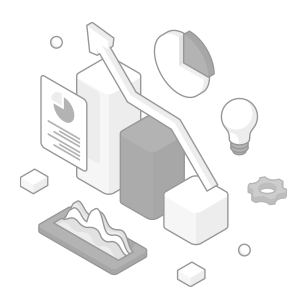
Related Downloads
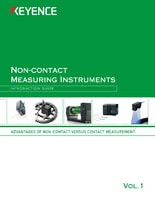
How to select displacement sensors and advantage of Non-contact measurement toward contact measurement
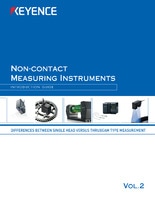
How to select displacement sensors and principles of various displacement sensors
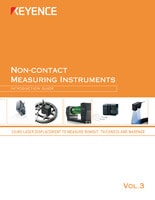
How to select displacement sensors by referring to specifc situation and questions(Runout, Thickness, Warpage)
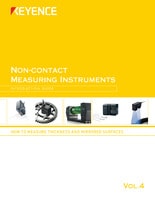
How to select displacement sensors and techniques offered by referring to specifc situation and questions(Mirrored surface, Expand measurement range)
Related Products
Applications
Dimension Measurement
- Thickness and Width Measurement
- Step Height Measurement
- Inner and Outer Diameter Measurement
- Measuring Angles
- Meandering/Edge Measurement
Displacement Measurement
- Positioning and Stroke Length Measurement
- Vibration and Runout Measurement
- Deflection Measurement
- Measuring Eccentricity

